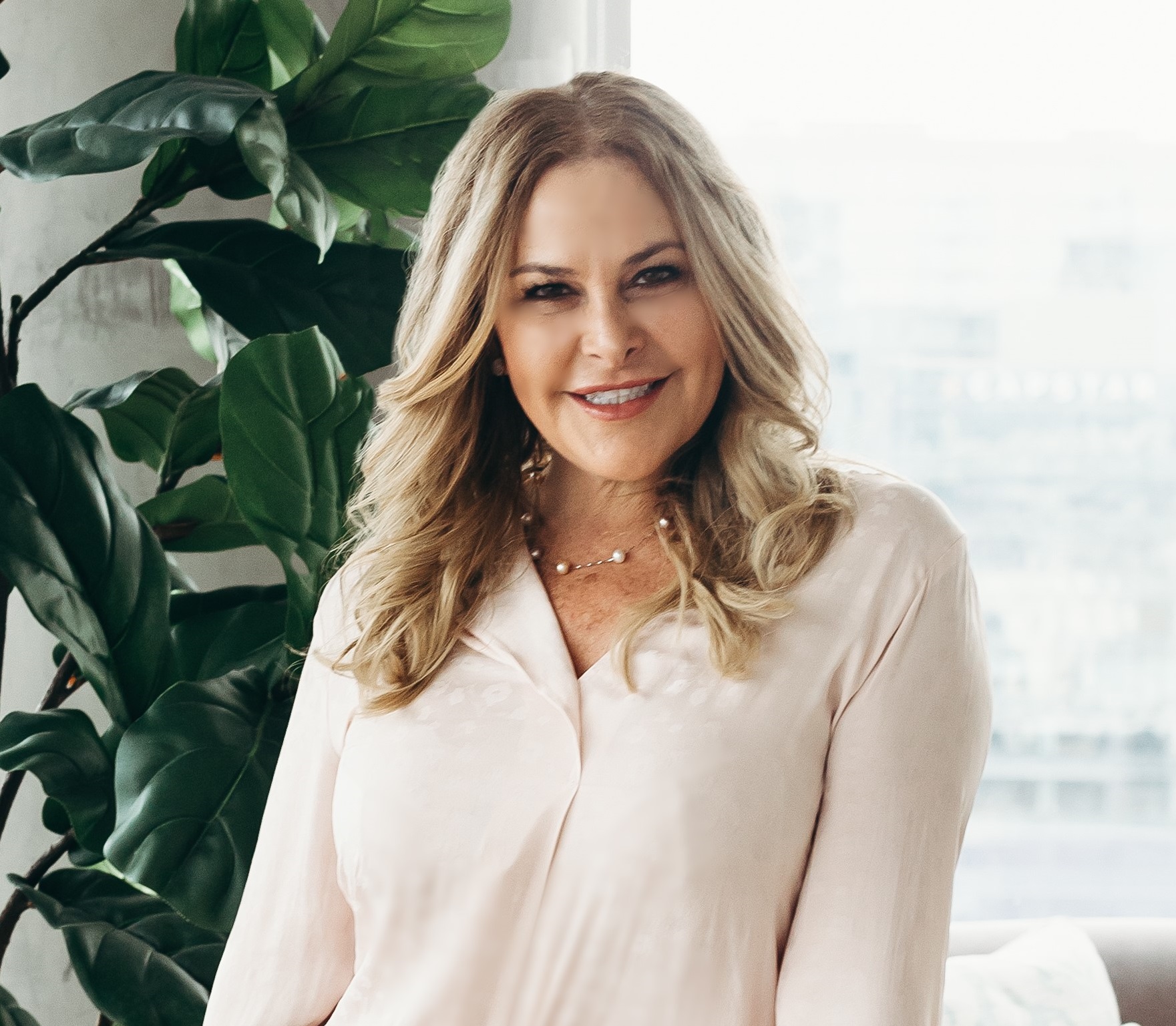Organizations understand how workplace mental health programs can enhance employee engagement, retention, and even productivity. But these programs can also support an organization’s inclusion, equity, and diversity (IE&D) efforts by making neurodiverse employees feel seen and supported at work.
 Marjorie Morrison has worked in mental health for her entire career, from conducting private practice and hospital work to designing counseling programs for the Marine Corps. Her work with the Marines led her to launch the PsychArmor Institute, which offers free online courses to service members and their families. Most recently, she co-founded Psych Hub with former Rep. Patrick J. Kennedy to connect mental health practitioners, clients, and allies with online education and appropriate care. Together, Psych Hub and SHRM developed the Workplace Mental Health Ally Certificate to help organizations better support employee well-being by understanding critical mental health topics and the best ways to help.
Marjorie Morrison has worked in mental health for her entire career, from conducting private practice and hospital work to designing counseling programs for the Marine Corps. Her work with the Marines led her to launch the PsychArmor Institute, which offers free online courses to service members and their families. Most recently, she co-founded Psych Hub with former Rep. Patrick J. Kennedy to connect mental health practitioners, clients, and allies with online education and appropriate care. Together, Psych Hub and SHRM developed the Workplace Mental Health Ally Certificate to help organizations better support employee well-being by understanding critical mental health topics and the best ways to help.
During a webinar with SHRM Executive Network members, Morrison shared her strategies for making workplace mental health programs support IE&D efforts as well.
What should workplaces understand about supporting neurodiverse workers?
MORRISON: One thing that we have found is that different areas of occupations and companies have very different needs. We’re a big believer in the idea that everybody needs to support those around them. If you’re in transportation, that’s going to be a very different conversation than it might be in a finance company or if you’re in retail. It’s important to realize that no two companies look the same, which means that no two solutions can really look the same.
I’d say the first thing is to look at your organization and start with what’s working well, because that’s how you best know your company. Different versions of employee resource groups in mental health can be innovative, and they have the feel of the company because it’s a cross-section of different people. Those ERGs are a really good place for you to learn about what’s needed and what’s not needed.
The trick is to look within your employee base, look at what’s working and really build upon that, and then look at what’s not working. You can put a survey out, have a conversation, and ask hand raisers. I can tell you, if someone isn’t having a mental health issue themselves, it’s almost certain they have to support someone that does, whether it’s a colleague or a neighbor or a child or a parent or a sibling. And so these are issues that really affect all of us.
How do you balance accommodations with the risk of degraded performance?
That is one of the hardest things to do, and it’s almost impossible to get it right. Start with really listening. Listening is the key in all of this, because when you listen to the employee, you’re going to be perceived as empathetic and that you’re an ally for them. Once you listen, getting them to have buy-in in their accommodation is key. That accommodation has to be set up in a way that doesn’t affect their performance, and they have to buy into that.
Where I think we see accommodation becoming a slippery slope is if those expectations aren’t clear in the beginning, and then slowly, over time, it gets worse. Performance is really important, and it’s important to put the company first. You do what’s best for the company and then you support your employees. And there really are happy mediums.
There will be times when a disability and the accommodation for it won’t seem to be present at all because of what the employee is going through at the time. Just because they have a condition doesn’t mean that it presents all the time. They might need concessions for two months. So be careful not to make those plans too far in advance. Start with a 30-day trial and then check to see how that’s working so that you can establish clear boundaries.
How should companies be thinking about some of the conditions we discussed that are nonapparent disabilities in the context of mental health?
I would think about it as being not so different than diversity. Mental health is physical health, so there will be times when you’re going to have more depression or more anxiety or exposure to a traumatic event. For some people, it’s going to be more, and for some people, it’s going to be less, but the reality is it is going to affect everyone. Make this part of the fabric of your company so that everybody benefits from that diversity and from those stories and in creating that opportunity to be authentic and be your authentic self in terms of mental health.
When we think about this through the lens of diversity, it isn’t just color. We’re looking at everything—gender, size, clothing, geography, and what kind of unconscious bias do we put on someone who lives in a rural location versus someone who lives in an urban place?
All these things are issues that we need to get educated about, and then create a culture within the company that’s inclusive of everybody’s mental health as a safe place. I don’t like to use the word “disability” here because it’s almost stigmatizing. Mental health is just part of life. How do we make a workplace support that and still be productive and get our work done?
What mistakes do you see companies make in this area?
We’ve had to adapt really fast, and we’re all going fast, but we also have to deal with old-school-style leadership that’s like, “Nope, this is the way we do it,” and the challenge is getting change to happen, right? Millennials, they’re a whole different generation. I have three kids in their 20s, and I can tell you that they can’t remember what color someone’s skin is or if they’re gay or they’re straight because they don’t even see any of that. I’m so encouraged by what’s coming in so many ways, but how do we move people who are stuck in their ways about things being done the way that they’ve always been done?
I think sometimes companies can get stagnant because leadership can get stagnant. I think the best solution is to bring in innovation in a way where they don’t feel like they don’t have a choice but that this is a good, exciting thing.
How do HR leaders get more support from their CEO with these issues?
I think you need to treat it like any other proposition that you take to the CEO, where you need to have a strong value proposition, and you really need to have buy-in from the people in the company so that you’re asking for something that the employees want and the employees need. You need to think about how to have the conversation to support the CEO, understanding where the CEO is coming from, understanding why the organization hasn’t done this yet, and then giving a really solid argument.
Another thing you could do is say, “What if we do a three-month trial to just try something, and let’s see how it works?” You don’t have to make a big decision, but just a pilot project. And I would say these mental health ERGs are so great. I’ve seen so many creative ideas come out of them. If you can get a group of employees to come together and have them come up with some solutions, then when you’re talking to your CEO, it’s not just you, you’re representing the base of the employees and the creativity they’ve come up with. You also can ask for some buy-in with your employees too, to ask, “What are you willing to give if we get this?” from the CEO.
Learn more about supporting mental health in your organization through the Workplace Mental Health Ally Certificate.
Was this resource helpful?




